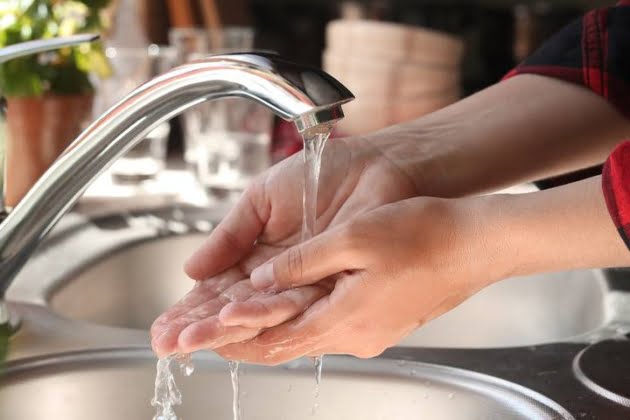The kitchen sink is one of the most used appliances in any home. We rely on it to wash dishes, prep meals, or clean up properly. Many homeowners take the sink for granted until a problem arises. A typical issue is the low water pressure in the kitchen sink. Water pressure issues mean you only receive partial or a weak water supply from your sink. It prevents you from washing up quickly and efficiently.
Diagnosing low water pressure is an intensive task that requires assessing the plumbing throughout your home. Start by identifying if the water pressure issue only happens in the kitchen or not. You may discover low water pressure throughout the house. Also, you should check if the water pressure affects hot water exclusively or both hot and cold settings. A plumber can perform these check-ups and give you a complete diagnosis of your water pressure problem.
Fortunately, restoring the water pressure in your sink can be an easy fix. Start by understanding the reasons why the water pressure has dipped. Here are six potential causes of low water pressure in the kitchen sink:
Cause #1: Faulty kitchen faucet parts
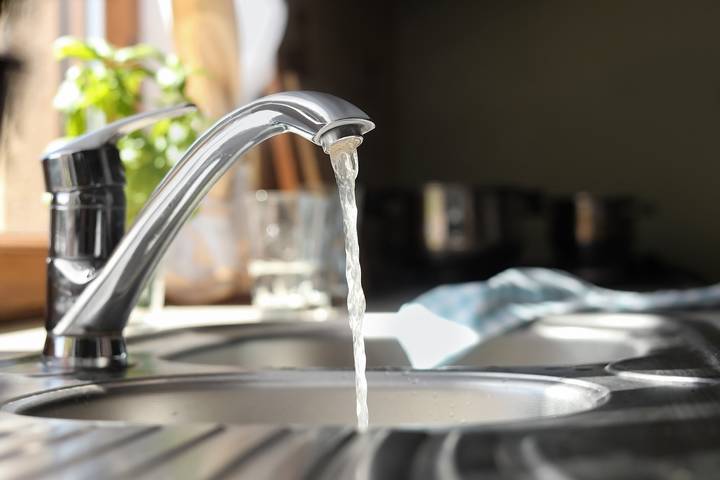
Many kitchen faucets are durable and can stand the test of time, but they don’t last forever. Over time, the seals and connections may begin weakening. Likewise, limescale and mineral build-up can also clog your old faucet. As it ages, the kitchen faucet may become faulty, impacting the force of the water flow.
Faulty faucets are a sneaky cause that can make low water pressure hard to diagnose. Sometimes, you may alleviate the problem by cleaning the edge of the faucet. Otherwise, you may need to upgrade some of the faucet parts or the entire system to a newer model.
Cause #2: Blocked kitchen sink pipes
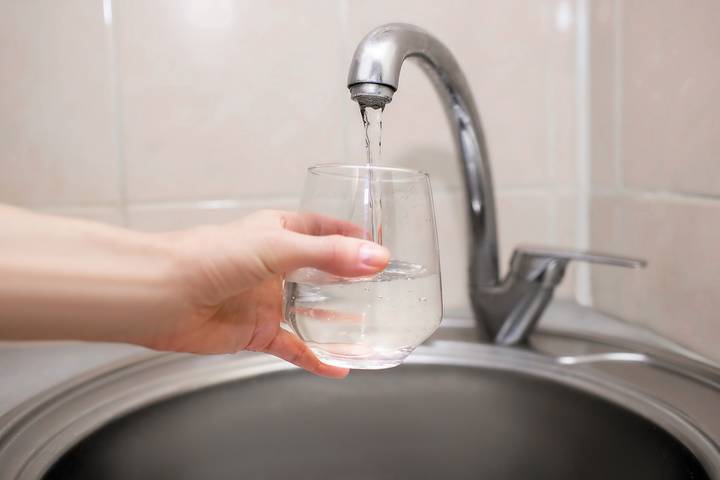
If your kitchen pipes have a blockage, you’ll likely experience an issue with low water pressure. Homeowners often wash old food waste, grease, and debris into the kitchen sink drain. These obstructions in the pipelines will prevent water from flowing to the faucet.
You can use a plumber’s snake to try and dislodge the clog. Similarly, you may apply baking soda and vinegar as a natural home remedy. However, beware of damaging your pipes with these solutions. It’s best to contact a professional plumber when handling severe blockages.
Cause #3: Old kitchen sink pipes
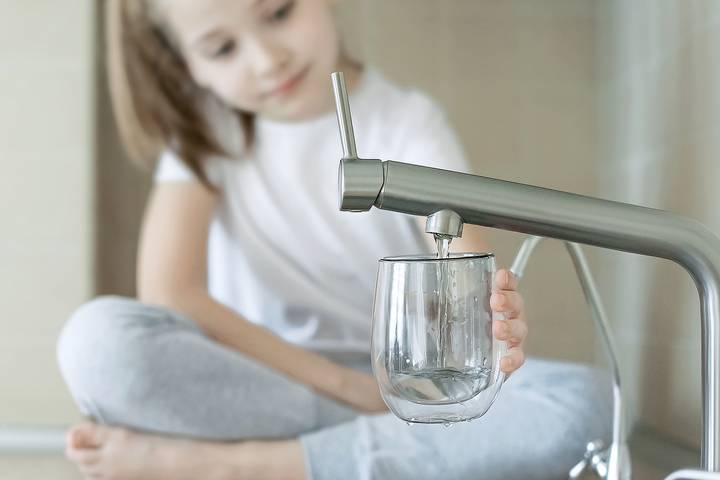
If you live in an older house, pipe deterioration may lead to low water pressure in your kitchen sink. Wear and tear over the years can cause the insides of your pipes to suffer damage. The erosion creates friction and slows the water flow in your faucet system.
Corrosion causes rust and other minerals to build up, making it difficult for water to flow correctly through your pipes. The best solution is to replace all old and deteriorated pipes in your home. This excellent investment can fix the water pressure and increase the water quality in your kitchen.
Cause #4: Leaking kitchen faucet
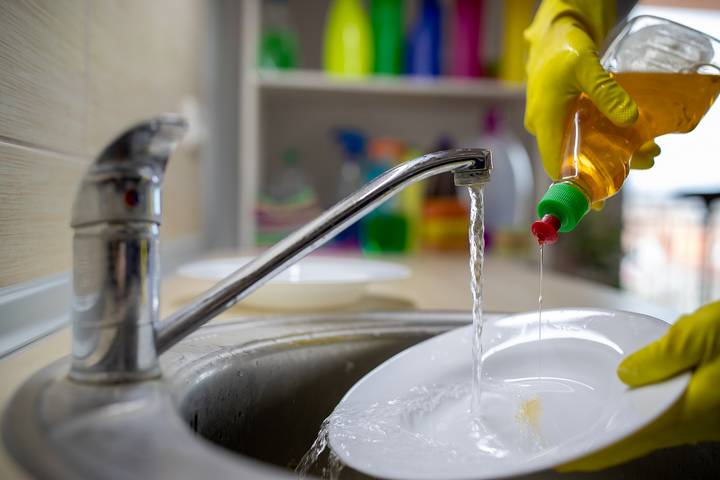
If you’re wondering what causes low water pressure in a kitchen sink, it’s worth checking your pipes for leaks. Even the tiniest leaks will cause water to exit the pipelines before reaching the faucet. The kitchen sink leaking can interrupt the regular flow of water.
Try turning off your home’s water meter for a few hours. You can determine if there is a leak by looking for increased utility usage while the water is off. It’s also worth looking for puddles of water, bulging wallpaper, and peeling paint under your sink. These signs of water damage indicate a leak is nearby. Finally, inspect your dishwasher, toilets, washing machine, and other household appliances. They may have leaks that are draining water pressure.
Cause #5: Local water supply issues
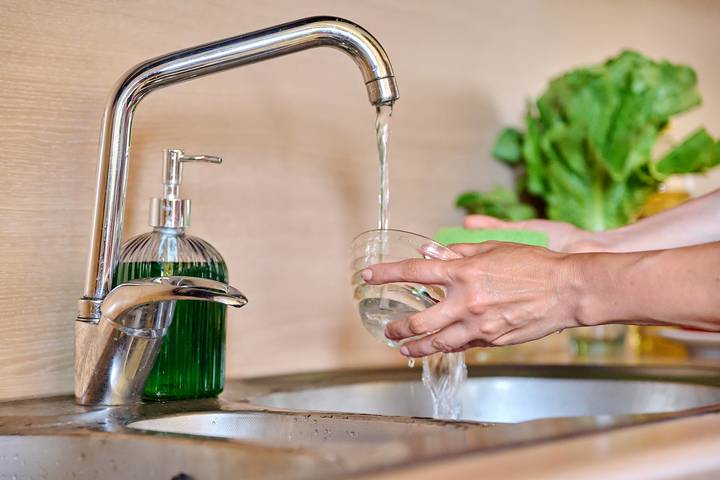
Do you notice low water pressure in the kitchen sink occurring around the same time every day? If so, you may have an issue with your local water supplier. You can check with your neighbours to see if the problem affects an entire area or your home exclusively.
With water supplier issues, you’ll have to contact your city’s water department and seek an update. Your district may experience high demand for water during specific periods of the day. They cause low water pressure as the central supply is stretched thin. You may alleviate the problem by reducing the water usage in your home. Consider running your dishwasher, washing machine, and shower separately to increase water pressure for the active appliance.
Cause #6: Water pressure regulator
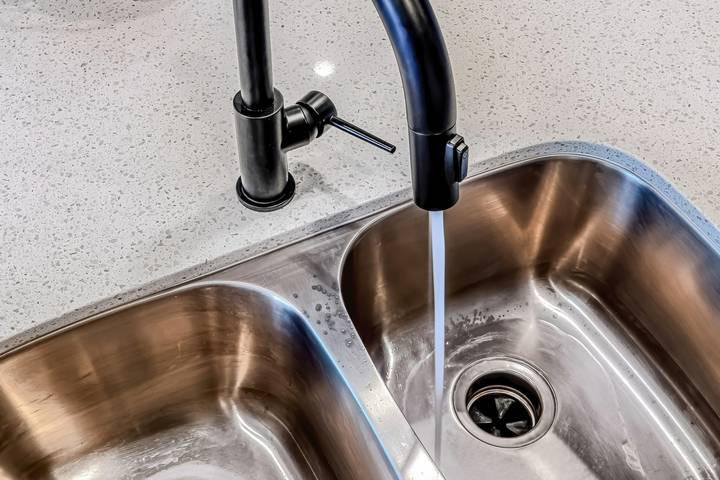
Most modern plumbing systems come with pressure regulators. The pressure regulator mechanism adjusts the water flow into your kitchen sink. They restrict water pressure to avoid overwhelming your pipelines. You can use a pressure gauge to determine if the regulator is working correctly.
Pressure regulators can malfunction from damaged internal components or running with incorrect settings. The pressure regulator can also develop calcium and other mineral blockages that cause the device to malfunction. You may use vinegar to soak the regulator and remove any mineral deposits that interfere with performance. Otherwise, contact an Oshawa plumber for professional assistance.



